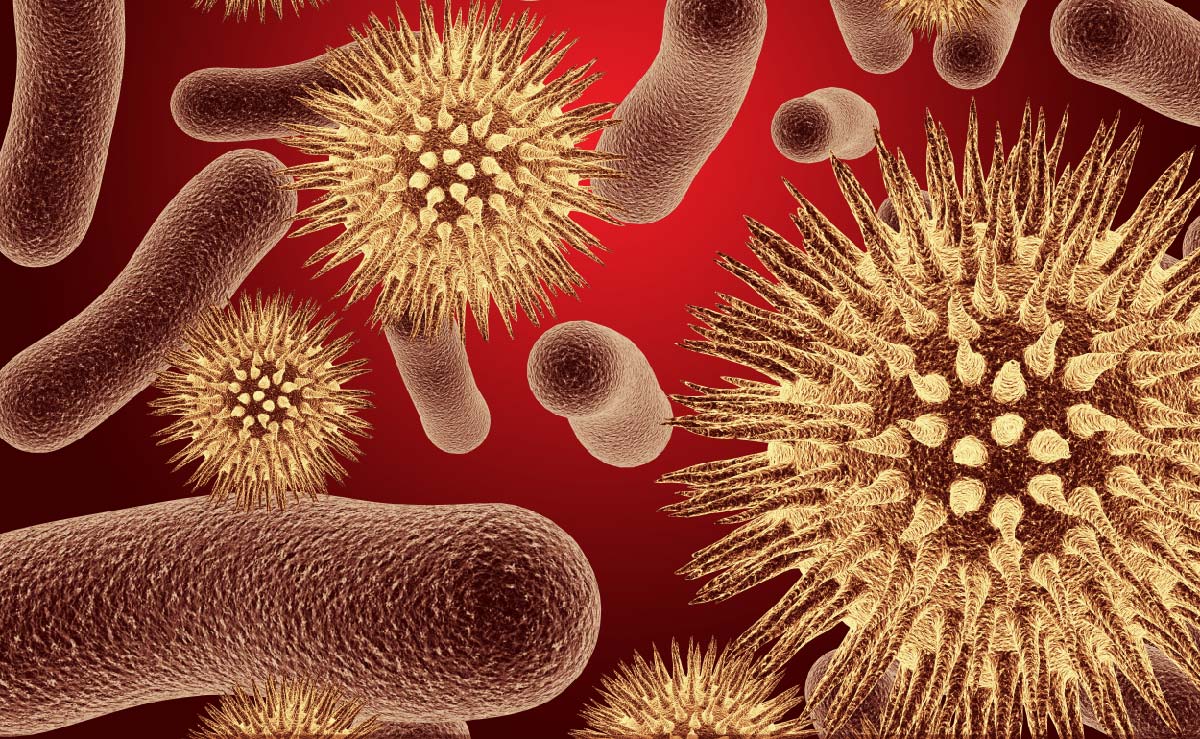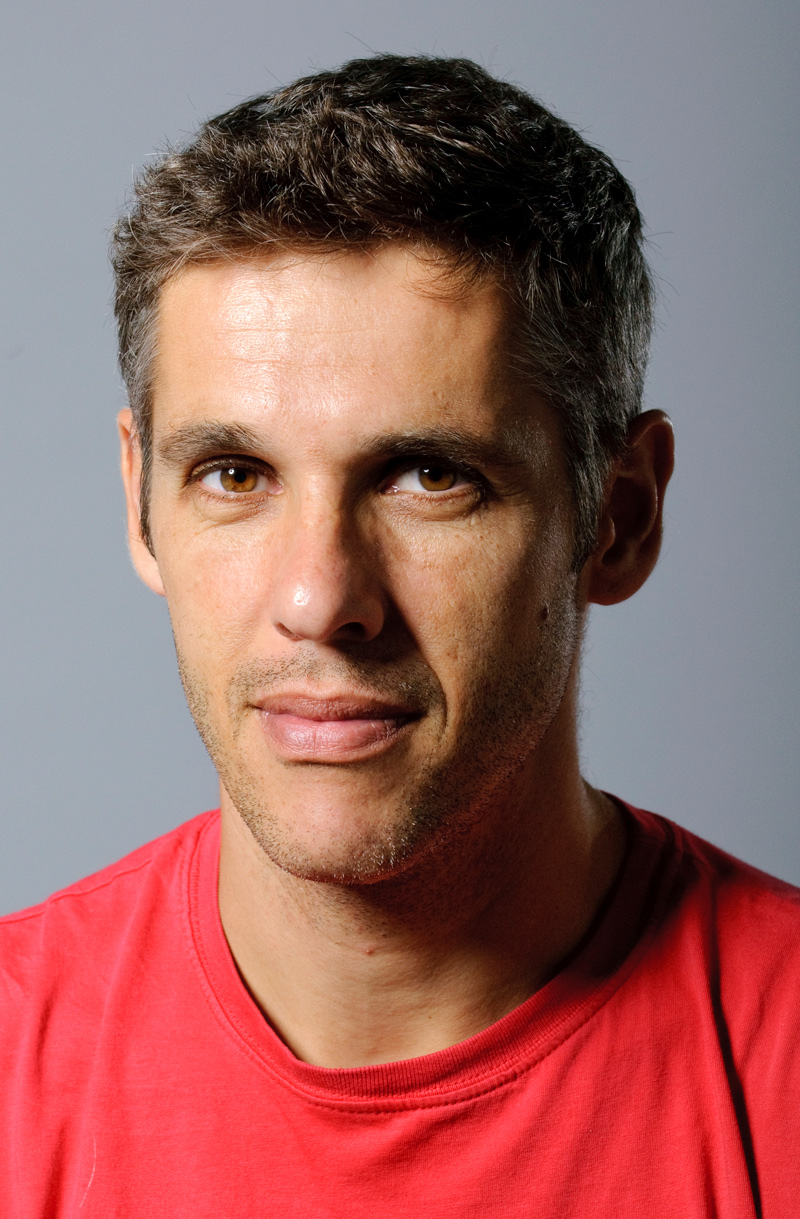Research Field
Prof. Meijler’s lab investigates how bacteria use signals to coordinate their function and behavior, in a phenomenon called quorum sensing (QS). These signals can have diverse functions; examples of QS-controlled behaviors are biofilm formation, bacterial virulence factor expression, antibiotic production, and bioluminescence. These chemical signals enable single-cell organisms to coordinate their behavior and function in such a way that they can adapt to changing environments and possibly compete with multicellular organisms providing therefore both bacterial intra and inter-species signaling. Thus, the researchers are interested not only in how the bacteria communicate with each other and their environment, but also how their environment (e.g., humans) responds: how do we secrete signals that are sensed by bacteria? These processes are beneficial to a bacterial population only when they are carried out in a coordinated fashion. The job of the researchers, then, is to figure out the components of the signals – what are the molecules and receptors involved?
The lab approaches this question from a synthetic perspective, using chemical insights to address these problems; the biology comes in after something chemically interesting is found. Prof. Meijler and his colleagues design and synthesize molecules to determine how they affect quorum sensing, by acting on the proteins and signals involved in this process. Specifically, the researchers are trying to target the first recognition point of these signals.
For example, using a synthetic molecule that they designed (an analog of the natural QS molecule C12), they can achieve chemical knockout of the quorum-sensing LasR receptor at very low concentrations. Once the receptor is blocked, the virulence of pathogenic bacteria massively decreases. The researchers have developed a small modification to C12 to include an electrophilic trap, leading to strong, irreversible covalent binding of the modified C12 to the LasR receptor preventing the natural ligand to bind to its receptor.
Aside from the exciting basic research – the identification of specific QS receptors will allow us to further understand the complex mechanisms of coexistence and its evolution between prokaryotes and eukaryotes – the potential applications are impactful. Multidrug resistance (MDR) is becoming an increasing problem, and conventional antibiotics are becoming less effective. The opportunistic pathogen, Pseudomonas aeruginosa, causes severe, acute, and chronic infections in, for example, burn victims; burn wounds are invariably infected with Pseudomonas, and a patient with 30% burns has a 50% chance of death due to infection. At present, massive amounts of antibiotics are applied in an attempt to prevent this, however this not only affects the natural fauna of the patient and increases overall drug resistance, but many pathogens in hospitals are already MDR strains. Using the lab’s approach, inhibitors were able to suppress their natural virulence without killing the bacteria but rather leaving them in a state in which they will not attack the host.

 ?>)
